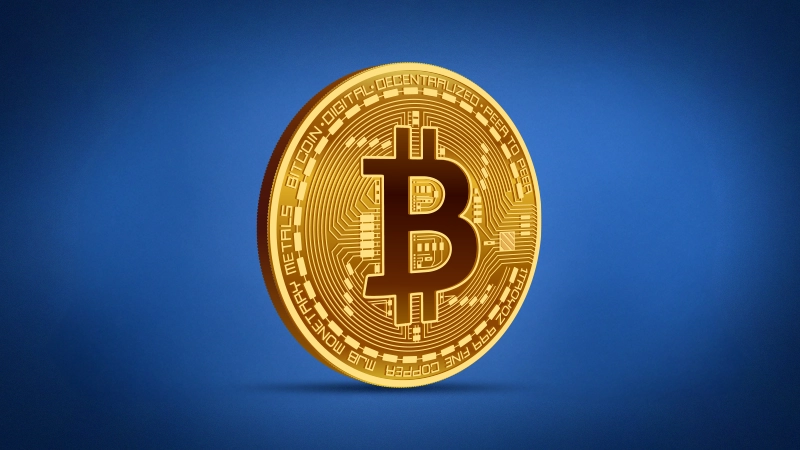- Bitcoin It was released in 2008 by the person or group Satoshi Nakamoto.
- On October 31, the same anonymous group published a whitepaper, a technical paper on Bitcoin.
- When the date came on January 3, Satoshi created the Genesis Block, the founding block of the Bitcoin blockchain, and the first block was created in this way. This block is encoded in the Bitcoin software, and the first 50 BTC generated cannot be spent, depending on the shape of the code. While the reason for this situation is unknown, it remains a mystery like its creator.
- On January 12, 2009, the first Bitcoin transfer took place between Satoshi and Hal Finney. The value of this transfer was 10 BTC. With this transfer, mining in Bitcoin has also begun.
- On October 5, 2009, months after the first BTC transfer, the first Bitcoin exchange rate was set by Liberty Standard against the dollar: 1$= 2300.03 BTC.
- While steps are still being taken to accept Bitcoin as a payment method, the first breakthrough in this sense took place in 2010. On May 22, 2010, Laszlo Hanyecz bought two pizzas for 10,000 BTC, laying the foundation for Bitcoin as a means of payment. The event, which took place in the form of a Bitcointalk.org, was accepted by Laszlo’s Bitcoin offer against two pizzas by Jeremy Sturdivant under the pseudonym Jercos, and the exchange was achieved. This date is celebrated around the world as Bitcoin Pizza Day.
- On February 9, 2011, another milestone was passed for Bitcoin. Bitcoin equated to the dollar by 1/1. After this important move, Bitcoin managed to move its value to $ 31.91 in a very short time.
- In the Bitcoin reward halving system, after the mining of 210,000 blocks for the first time on November 28, 2012, the reward was reduced from 50 BTC to 25 BTC. While these developments were taking place, Bitcoin continued to increase its value. On April 9, 2013, Bitcoin managed to surpass $200 for the first time in its history.
- 5 years after the publication of the Bitcoin White Paper, the dark website Silk Road was shut down and more than 26,000 BTC were confiscated. With this event, Bitcoin fell from $ 139 to $ 109 in a few hours.
- On December 11, 2014, the first step towards accepting Bitcoin in companies was taken, and Microsoft announced that it would accept Bitcoin payments. This has accelerated the adoption of Bitcoin by companies that provide transactions on a global scale.
- On October 31, 2015, 6 years after the release of the White Paper, The Economist, one of the world’s leading economic newspapers, carried the Bitcoin news to its front page . As a result of this positive development, Bitcoin exhibited stable price movements for two years.
- On July 9, 2016, the second halving took place and the Bitcoin reward amount dropped to 12.5 BTC.
- On November 29, 2017, Bitcoin broke the price of $11,000 and continued its rise, breaking the $20,000 threshold.
2018 was a dismal year for Bitcoin. Bitcoin ads have been banned by social media firms, and the future Commodity Futures Trading Commission has held a hearing on Bitcoin and Blockchain. In light of these events, the Bitcoin price declined to $5,686 on June 24. In the meantime, Bitcoin managed to get rid of the gloom of 2018 and continued to rise over time. At the time of this writing, Bitcoin is testing the $13,210.30 levels. While the world is accelerating the process of getting used to Bitcoin, Bitcoin continues to offer good earning opportunities to those who trust it. The belief that Bitcoin will continue to strengthen and gain investors in the coming periods is increasing day by day by ecosystem users.
